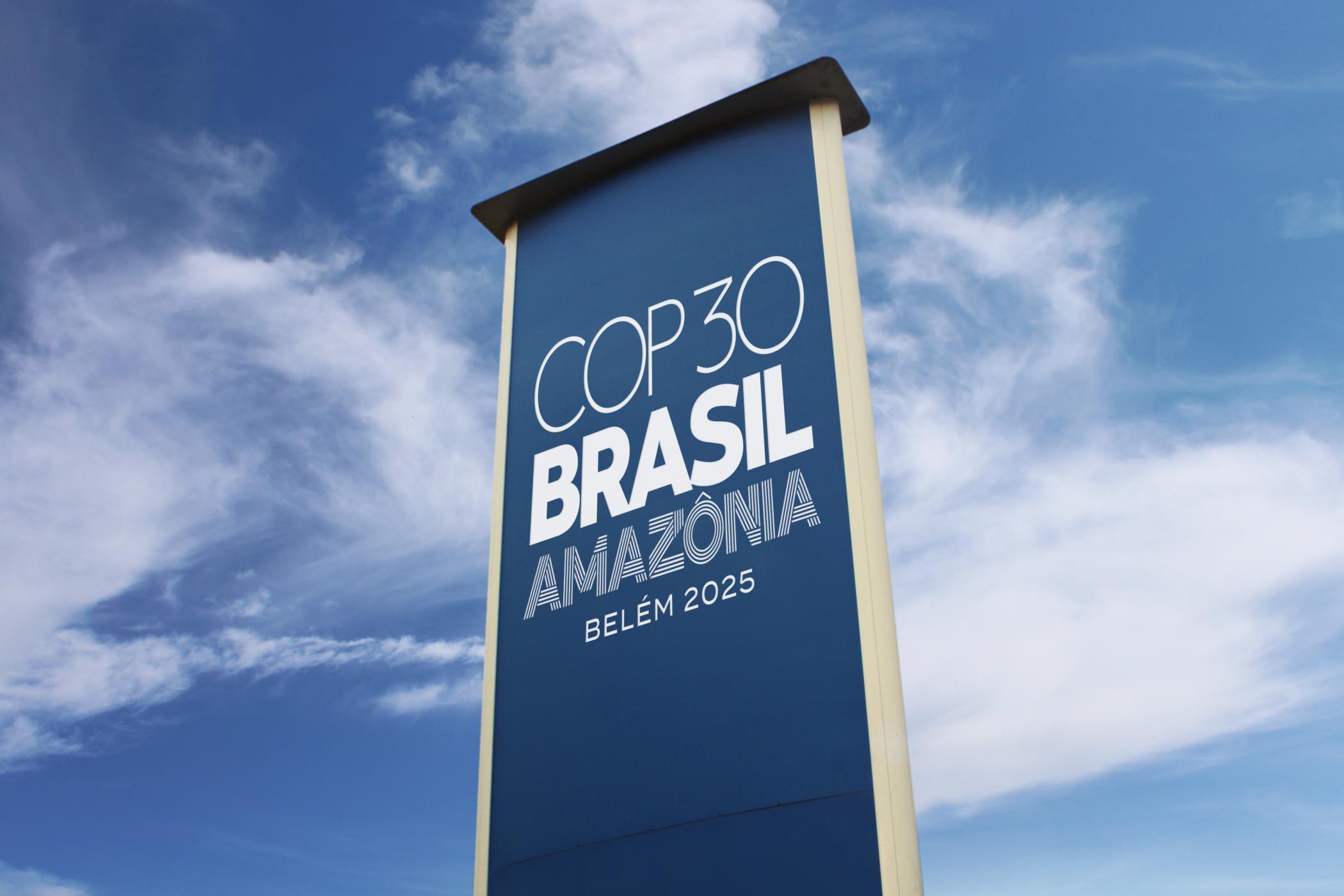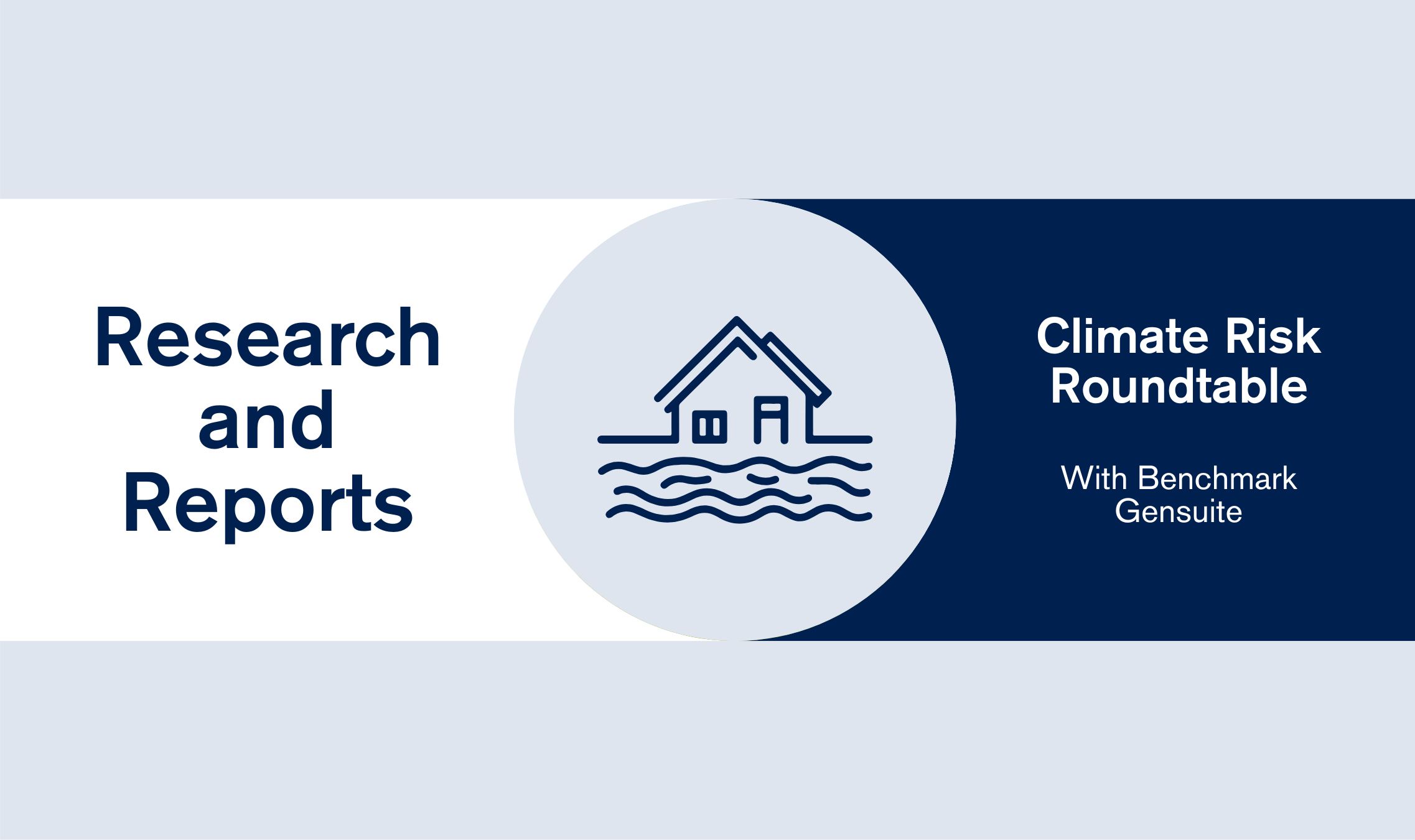AI alone won’t solve the sustainability crisis, but the right data architecture just might.
At the AI Summit in London in June 2025, our Chief Product & Technology Officer Vineet Gupta discussed the dual crisis we face: a climate emergency, and a state of ESG data chaos that’s stalling action.
His proposed solution? An AI Operating System for the planet. Not just AI for a specific task, but a connected, end-to-end system that turns scattered, unreliable data into trusted, actionable insight.
Here are some of the key points he shared:
- The stakes are high: Climate risks are now undeniably financial risks. We need to move beyond simply reacting to problems and start proactively managing them.
- AI’s double-edged sword: While AI offers powerful solutions, it also consumes significant energy. We need to deploy AI responsibly, ensuring the positive impact of its solutions outweighs its environmental footprint.
- Solving the “ESG Data Mess”: Today’s ESG data is often unstandardised, unverifiable and fragmented. Without clean, consistent foundations, progress stalls…
- How an AI Operating System helps: It’s not just about better tools. We need an integrated system built on high-quality, traceable data – using advanced AI for deep analysis, and applying proven scientific methods to drive decisions.
- Real-world impact: We’re already seeing this approach make a difference – from correcting flawed asset location data, to simplifying data extraction and analysis for sustainability reporting (e.g. CSRD) and enabling asset-level nature and biodiversity risk assessments.
- Human-AI collaboration is key: AI brings scale and speed. Humans bring context and judgment. Together, they drive smarter, more responsible decisions.
The challenge isn’t just building better AI models. It’s building the right foundations to put those models to work.
For more insights, watch the full session from the AI Summit 2025 below:





